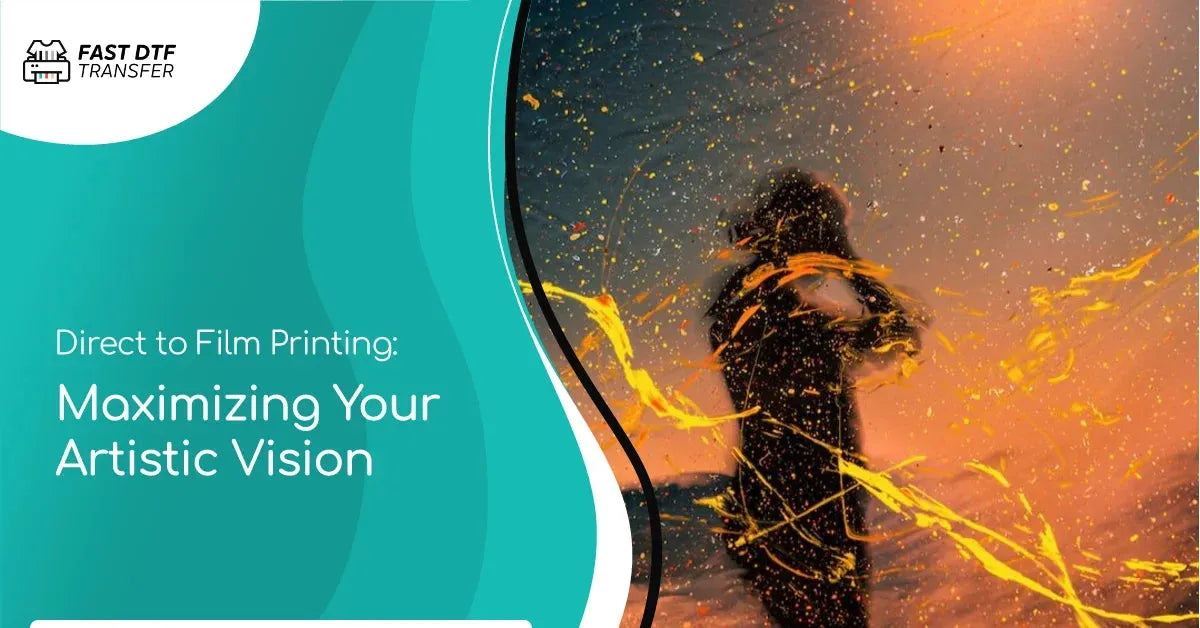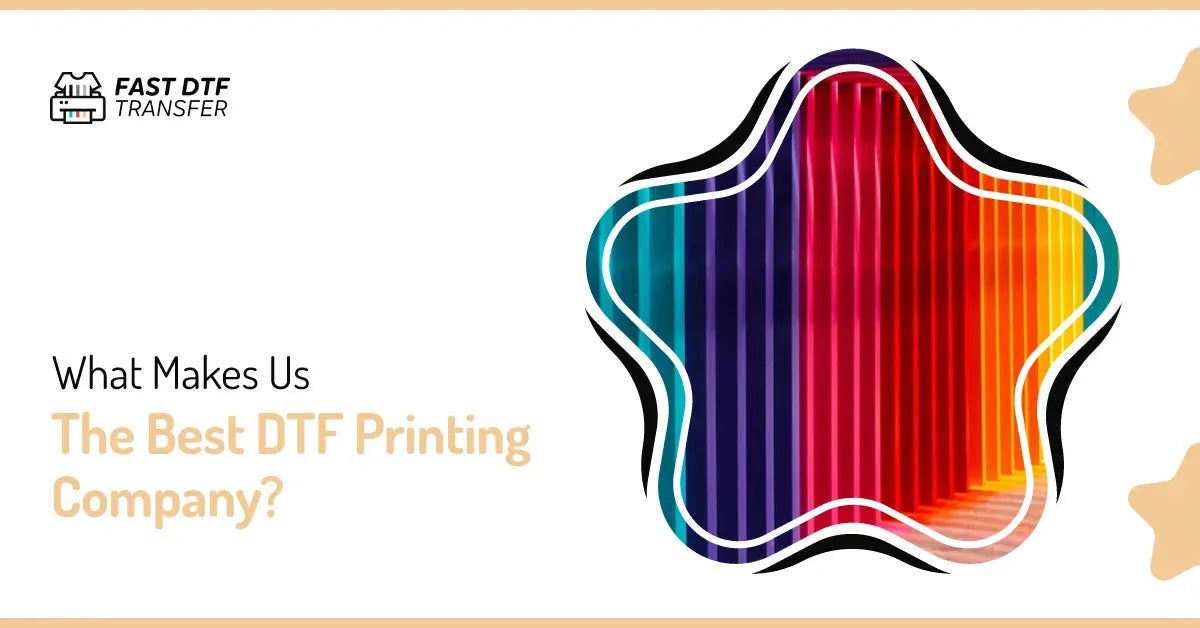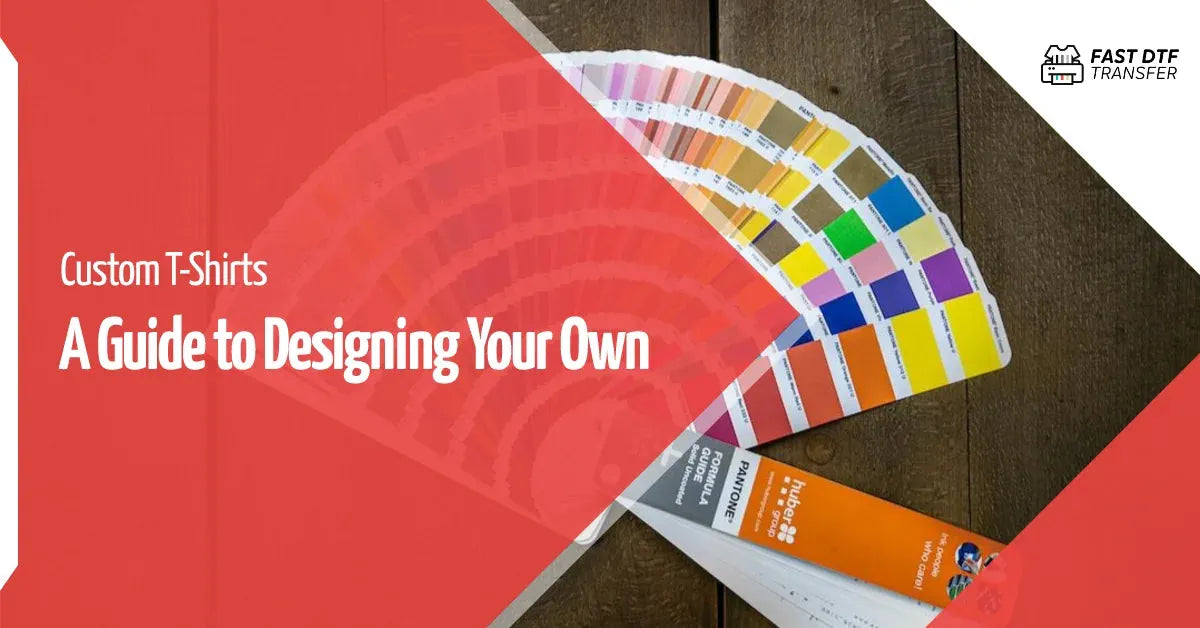Direct to film printing is a revolutionary technique that allows artists and creatives to take their vision to the next level. With this technique, you can bypass the need for traditional screens and transfer your designs directly onto the film. The result is a high-quality and precise image that is faithful to your original artwork. Whether you’re a seasoned printmaker or a budding artist, direct to film printing offers a wealth of benefits that can help you maximize your artistic potential. In this article, we’ll explore the many advantages of this technique and how you can use it to create stunning prints that truly capture your creative vision. From superior image quality to increased flexibility and faster turnaround times, direct to film printing is a game-changer for anyone looking to push their art to new heights. So, let’s dive in and explore the world of direct to film printing and all it has to offer.
Advantages of Direct to Film Printing over Traditional Printing Methods
Direct to film printing offers a wealth of advantages over traditional screen printing methods. For one, it allows you to achieve superior image quality, as the ink is transferred directly onto the film without the need for a screen. This means that you can achieve finer details and a higher level of precision in your designs. Additionally, direct to film printing is more flexible than traditional printing methods, as it allows you to print on a wider range of materials, including textiles, glass, and ceramics. This makes it an ideal technique for artists and creatives who want to experiment with different mediums and substrates.
Another advantage of direct to film printing is its faster turnaround times. Because you don’t need to create screens for each color, you can print your designs much faster than with traditional screen printing methods. This means that you can produce larger quantities in a shorter amount of time, making it a cost-effective option for commercial printing projects. Finally, direct to film printing is also more environmentally friendly than traditional screen printing methods, as it doesn’t require the use of harsh chemicals or solvents.
Preparing Your Artwork for Direct to Film Printing
Before you can start printing with the direct to film technique, you need to prepare your artwork properly. This involves creating a digital file of your design and converting it into a format that can be printed onto the film. One of the most important things to keep in mind when preparing your artwork is to ensure that it is high resolution. This will help ensure that your final print has crisp, clear lines and vibrant colors.
Another thing to consider when preparing your artwork is the number of colors you want to print. With direct to film printing, you can print multiple colors in a single pass, but you’ll need to create a separate film for each color. This means that the more colors you want to print, the more films you’ll need to create. To avoid any confusion or mistakes, it’s a good idea to label each film with the corresponding color and keep them organized in a safe place.
Choosing the Right Equipment and Materials for Direct to Film Printing
To achieve the best results with direct to film printing, you’ll need to invest in the right equipment and materials. One of the most important pieces of equipment you’ll need is a direct to film printer. These printers use specialized inkjet technology to transfer your designs directly onto the film, ensuring a high level of precision and detail. It’s also important to choose the right type of film for your printing project. There are several types of film available, including clear, matte, and glossy films, each with their own unique properties and advantages.
In addition to a printer and film, you’ll also need to invest in high-quality inks that are compatible with your printer. These inks should be specifically designed for direct to film printing and should provide vibrant, long-lasting colors. Finally, you’ll need to invest in a good quality heat press to transfer your design onto the final substrate.
Step-by-Step Guide to the Direct to Film Printing Process
Now that you’ve prepared your artwork and invested in the right equipment and materials, it’s time to start printing! Here’s a step-by-step guide to the direct to film printing process:
1. Load your film into the printer and ensure that it is properly aligned.
2. Print your design onto the film using the appropriate ink and settings.
3. Once your design is printed, allow it to dry completely.
4. Cut out your design from the film, ensuring that the edges are clean and straight.
5. Position your substrate onto the heat press and adjust the temperature and pressure settings as necessary.
6. Lay your design onto the substrate, ensuring that it is properly aligned and centered.
7. Close the heat press and wait for the transfer to complete.
8. Once the transfer is complete, remove the substrate from the heat press and allow it to cool.
9. Finally, inspect your final print for any defects or issues and make any necessary adjustments.
Troubleshooting Common Issues in Direct to Film Printing
While direct to film printing is a relatively straightforward process, there are some common issues that can arise. One of the most common issues is ink bleeding, which can occur when the ink isn’t properly absorbed into the film. To avoid this, it’s important to ensure that your film is properly prepared and that you’re using high-quality inks that are compatible with your printer.
Another common issue is poor alignment between the film and the substrate. This can result in a distorted or misaligned final print. To avoid this, it’s important to take your time when positioning the film onto the substrate and to ensure that everything is properly aligned before starting the transfer process.
Examples of Successful Direct to Film Printing Projects
Direct to film printing has been used to create some truly stunning prints and designs. One example is the work of artist and printmaker Lisa Elmaleh, who uses direct to film printing to create beautiful, high-quality prints of landscapes and nature scenes. Another example is the work of designer and illustrator Dan Mumford, who uses direct to film printing to create intricate and detailed illustrations for clients in the music and entertainment industries.
Direct to Film Printing Services and Pricing
If you’re interested in trying out direct to film printing for yourself, there are a number of printing services that offer this technique. Prices can vary depending on the complexity of your design and the quantity of prints you need, but direct to film printing is generally more affordable than traditional screen printing methods.
Tips for Maximizing Your Artistic Vision and Creative Potential with Direct to Film Printing
Direct to film printing offers a wealth of possibilities for artists and creatives who want to push their art to new heights. To maximize your artistic vision and creative potential, here are a few tips to keep in mind:
1. Experiment with different materials and substrates to see what works best for your designs.
2. Don’t be afraid to experiment with different colors and designs to create unique and eye-catching prints.
3. Take your time when preparing your artwork and be sure to use high-resolution images to ensure the best possible print quality.
4. Invest in high-quality equipment and materials to ensure the best possible results.
5. Finally, don’t be afraid to ask for help or advice from other artists and printmakers who have experience with direct to film printing.
Conclusion and Future of Direct to Film Printing Technology
Direct to film printing is a game-changer for artists and creatives who want to take their work to the next level. With its superior image quality, flexibility, and faster turnaround times, this technique offers a wealth of advantages over traditional screen printing methods. As technology continues to evolve, we can expect to see even more innovative techniques and technologies that will help artists and creatives push their art to new heights. Whether you’re a seasoned printmaker or a budding artist, direct to film printing is a technique that is definitely worth exploring.


